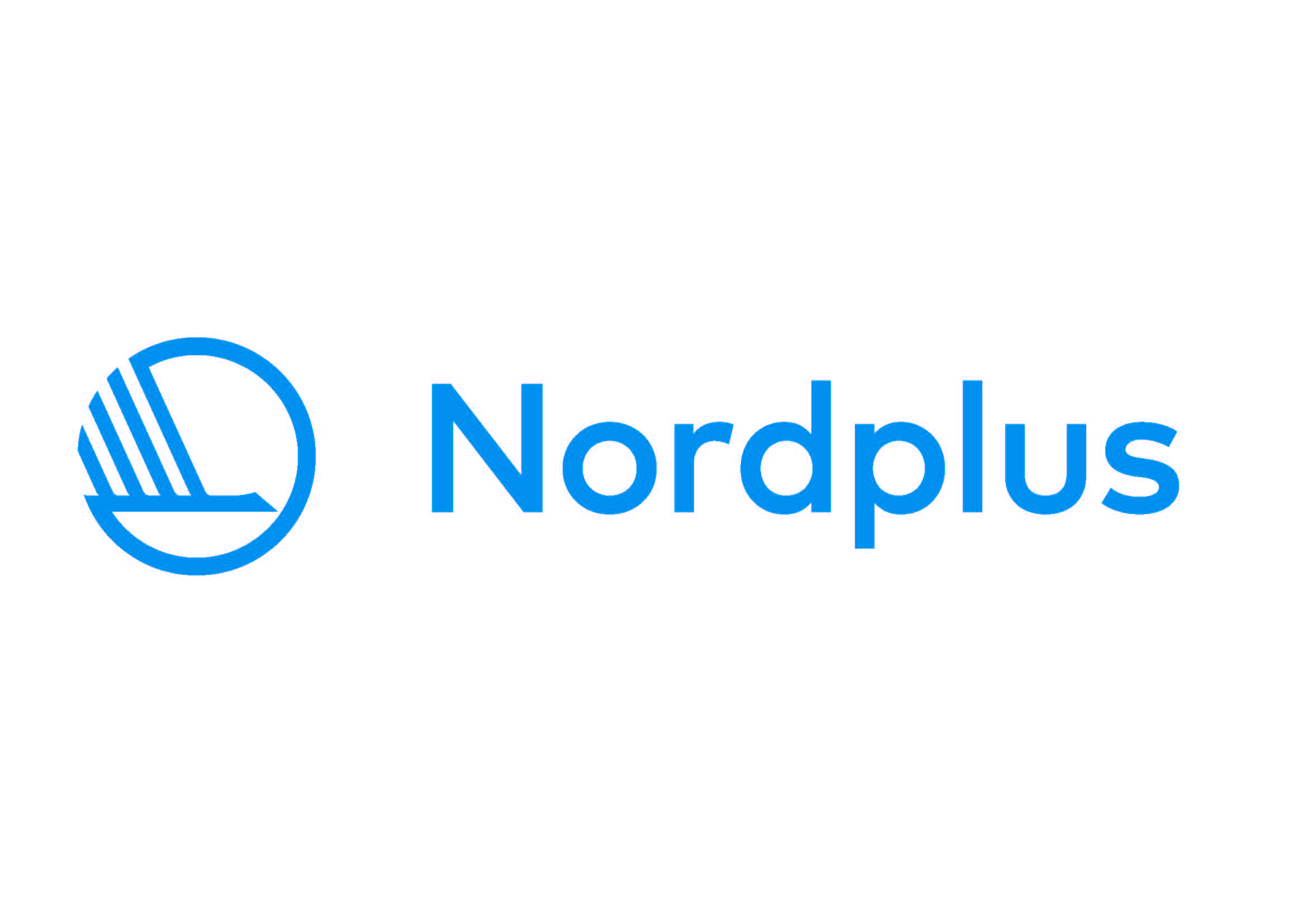Teaching period: October 7-13, 2019
Exhibition opening Oct 11, 16-20h
Exhibition runs through Oct 12, 12-18 and Oct 13, 12-15
Teacher(s): Audrius Pocius, curator CCA Vilnius/ Prof. Christoph Draeger, Umeå
ECTS: 1.5
Number of available place for KUNO students: 5
Level: MFA
Application deadline: September 22
How to apply: Project proposal, short letter of motivation (max. one page A4 each), and PDF portfolio.
Project proposal / concept: Idea description, sketch or images, demonstration of feasibility (realisation on-site, transport, etc.). There is also the possibility to propose an already existing work, as long as it can be transported back and forth by the participant. Please also add documentation of your previous work (website, PDF).
Letter of motivation: Your artistic background/profile, why you are interested in the subject area of the course, how this course would affect your artistic work, and what your expectations for the course are. Please send your letter of motivation, together with all other materials to christoph.draeger@umu.se.
Course description
The workshop consists of the realisation of an international group exhibition within one week. The selected participants are the artists in the show. The exhibition, titled Fragile: The 2nd Röbäck Bienniale, will be developed and exhibited at Kulturmejeriet, an industrial building in Röbäck near Umeå that serves as a studio building for local artists. The gallery of Konsthögskolan Umeå will serve as a second venue.
There might also be some limited possibilities to place a piece in public space.
MFA students from Umeå and from the Kuno Network will install their work collaboratively with Audrius Pocius, curator at the Centre of Contemporary Art CCA in Vilnius, and Prof. Christoph Draeger, head of Master’s programme at Umeå Academy of Fine Arts. Furthermore, it will be possible to get assistance from the workshops at Umeå Academy of Fine Arts under the supervision of lecturer Tryggve Lundberg, who also has a studio at Kulturmejeriet, and who is a co-initiator of the biennale. There will be a meeting with the artists who have studios in the building to allow possible collaborations. Please check our website for updates and images of the space: http://www.art.umu.se/english
In more general terms, this workshop scrutinises the conditions and opportunities of young artists in today's society. It examines the artists' challenges in today’s international art world with a specific focus on biennials and festivals. We will discuss the following questions: How do artists deal with exhibiting in such an important context as a biennial? How is art resulting from theme- and site-specific commissions different to existing pieces that are borrowed for the show? Most importantly, participants will conceive of a piece and realise it on location to be included in this biennale.
Through this course, students will:
• have a broadened understanding of the philosophy and the mechanics of a international art biennial;
• demonstrate a basic knowledge of critical interaction with a large group exhibition;
• produce, discuss and realise a project that addresses and responds to the curatorial statement
Curatorial statement by Audrius Pocius:
Fragile: The 2nd Röbäck Bienniale
If one chooses to do art, one is either a believer, or is feeling a little lost in the contemporary world, where everything is determined by its purpose. Either way, uncertainty becomes a constant attendant, even if not a very reliable one. Like magma, it boils underneath every thought, action or hope, giving new shapes to things, although never allowing one to fully exhaust it. On the other hand, an idea, once executed, becomes something foreign to how it was first conceived. Transformed by the modes of production, by input of others, the work of art follows a tale of its own, for which, as an artist, one does not bear complete responsibility. In fact, the contrary might be true – the more control is commanded onto the artwork, the less it allows itself to be tamed by it.
Then, there is another side of the coin – the eye of another, a connoisseur, a dilettante, a visitor of an exhibition or a passer-by. Curious, but impatient, she devours the piece with her gaze, unable to break through the surface, declaring that what is not seen, must not even exist. Thus, never satisfied, this viewer urges for more and in this way, haste is transformed into an industry, where artworks are defined not by the stories they tell, but how quickly they are forgotten.
The Fragile Biennale, a brief glimmer, is a celebration of its own transience: an exercise in presence.


